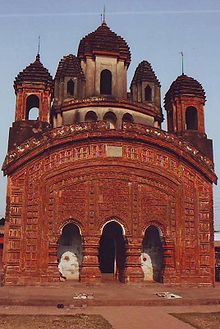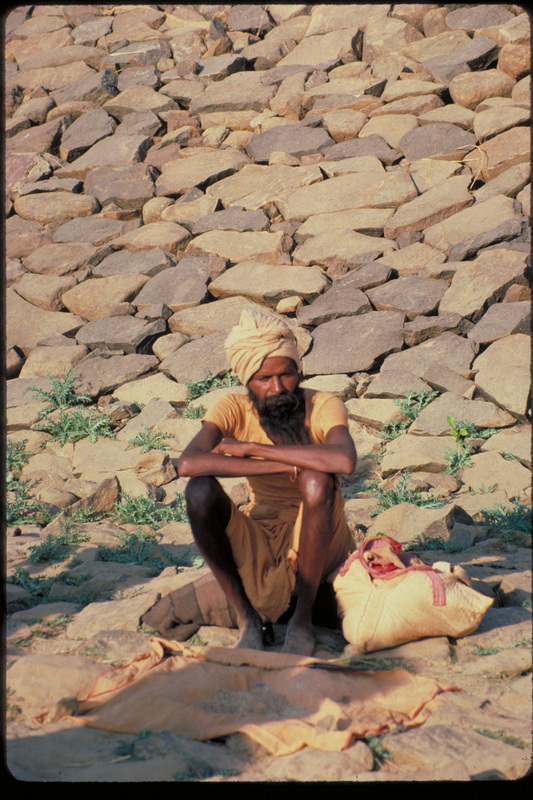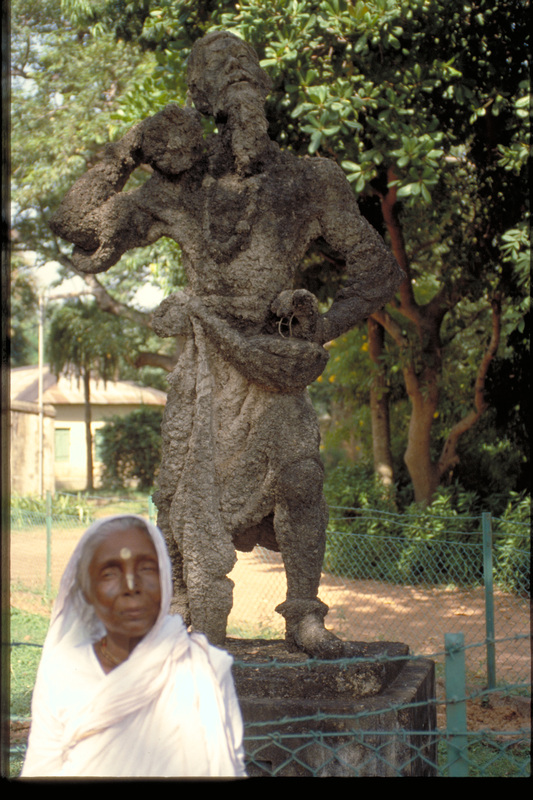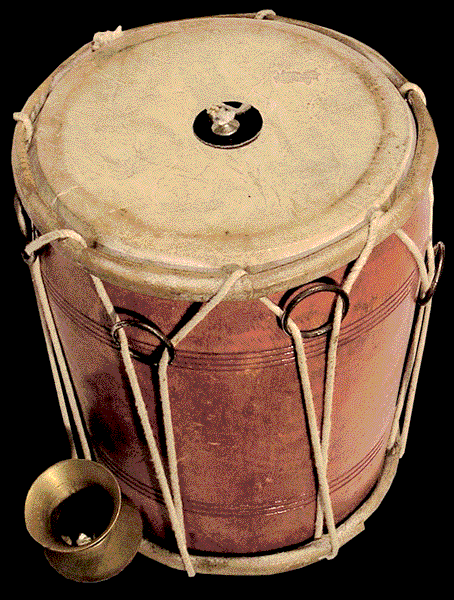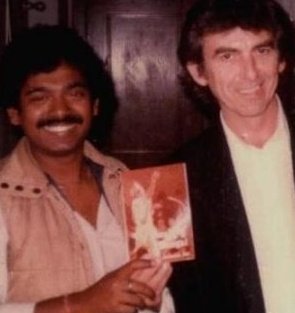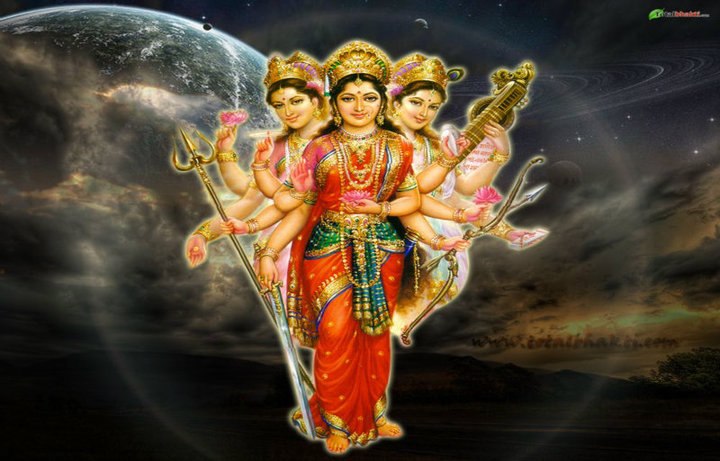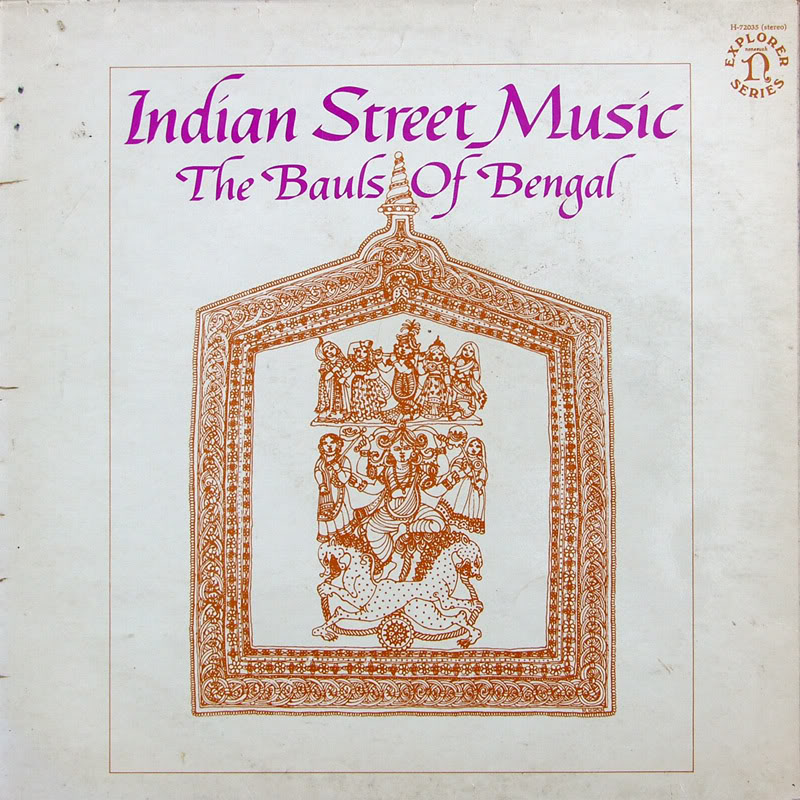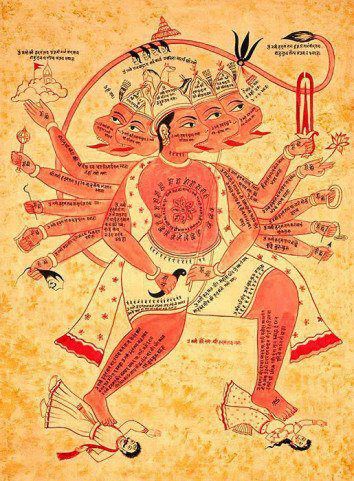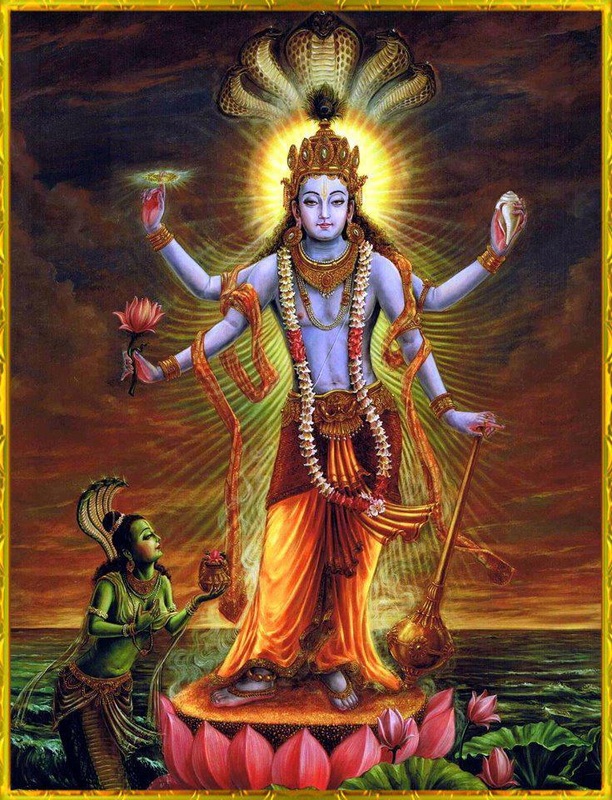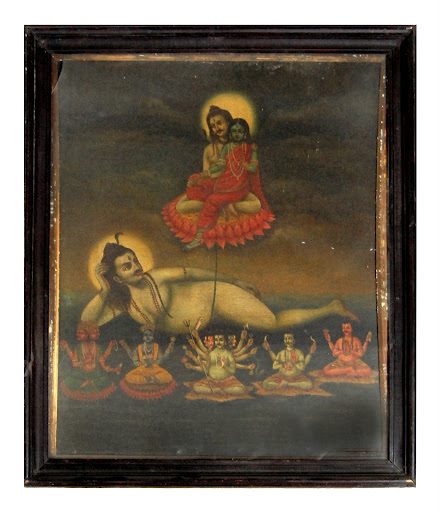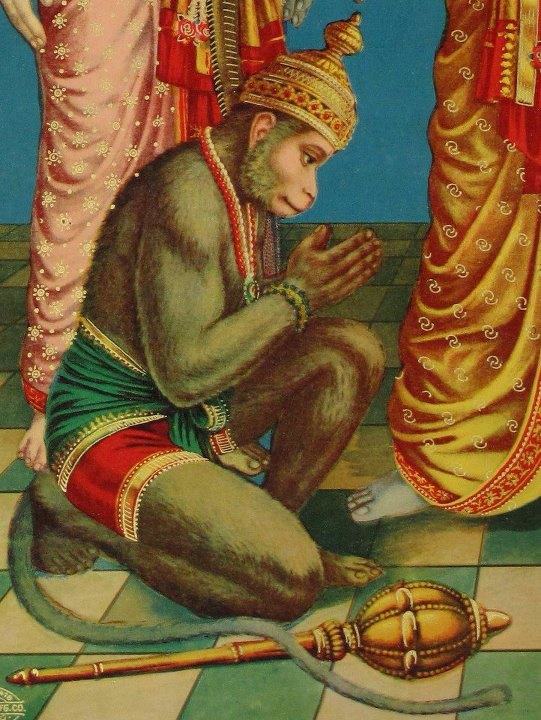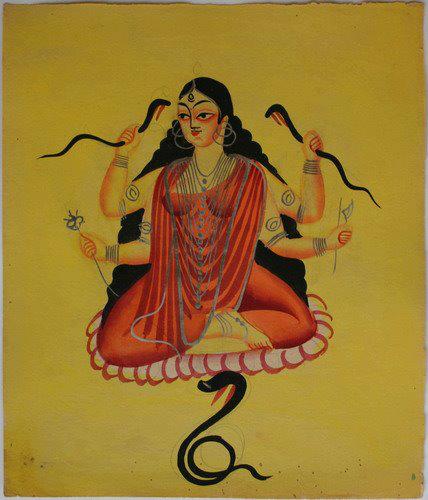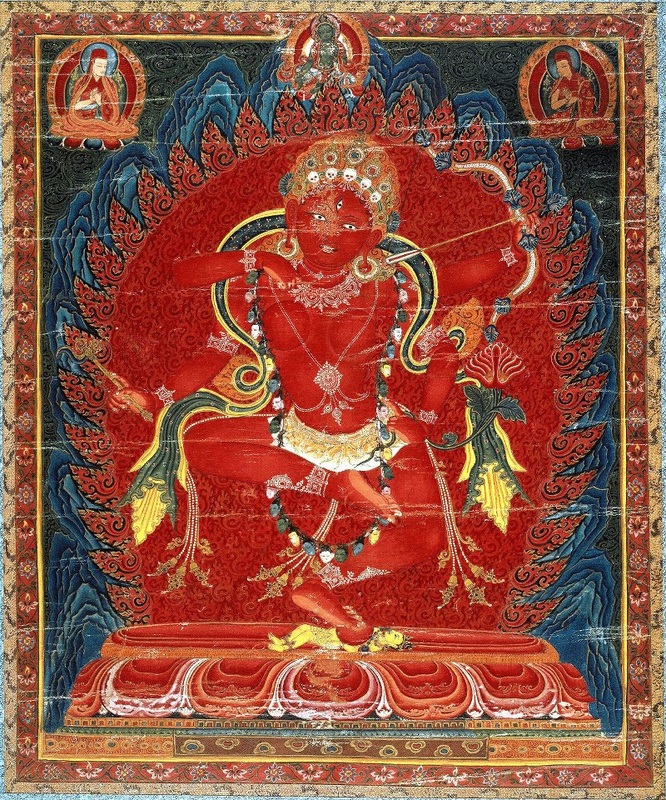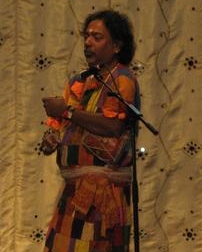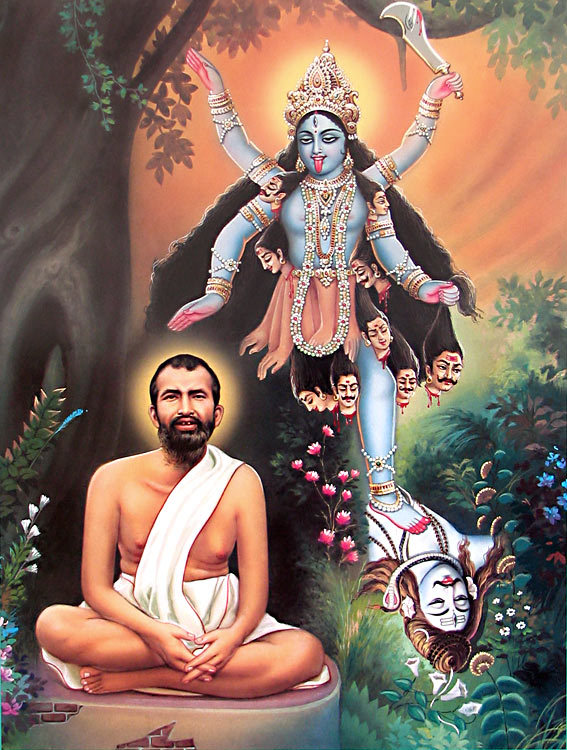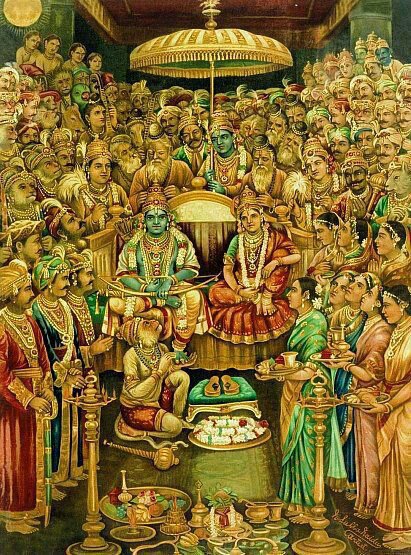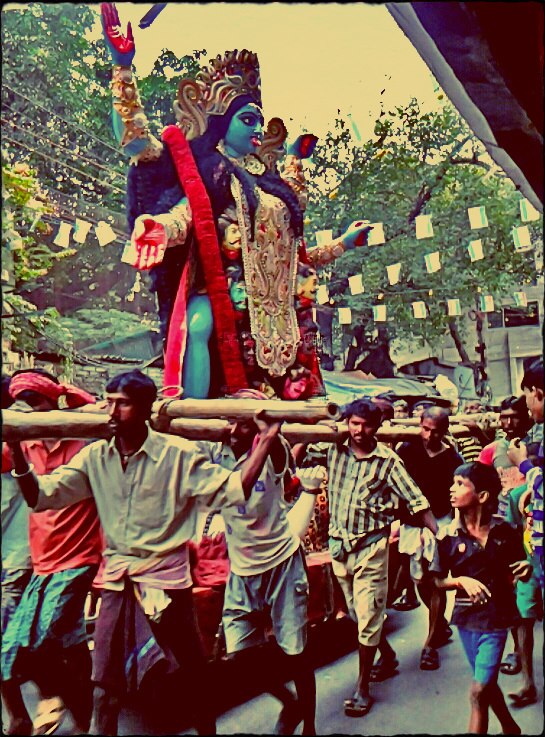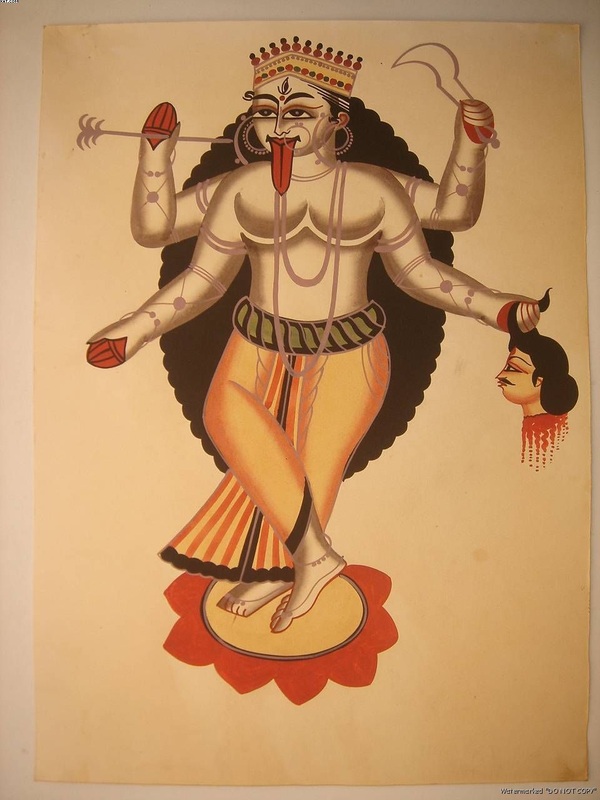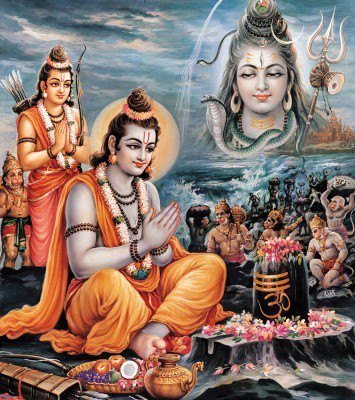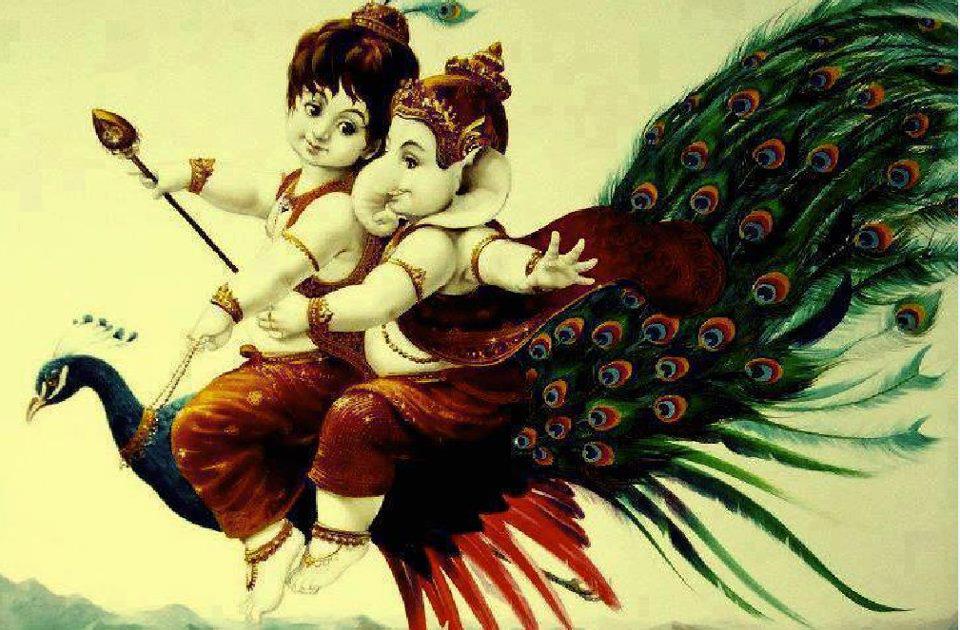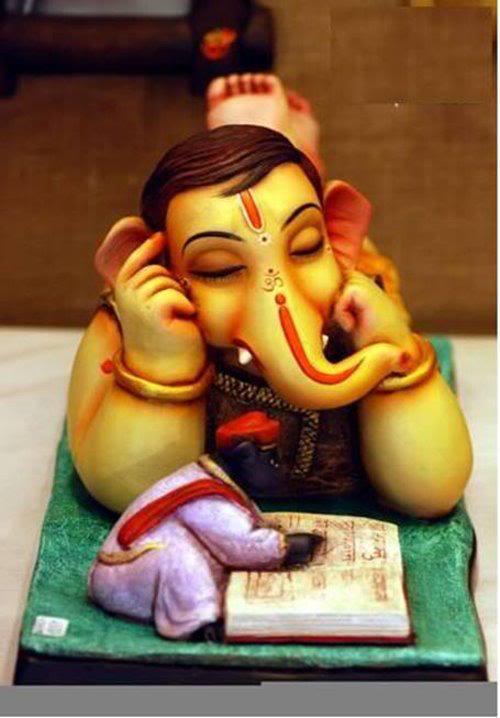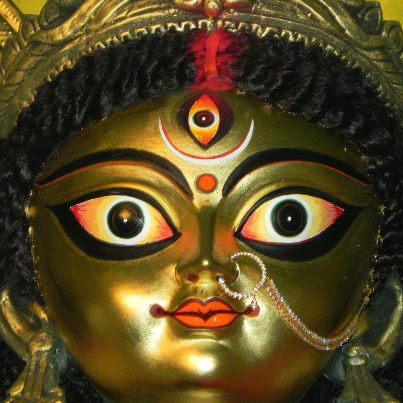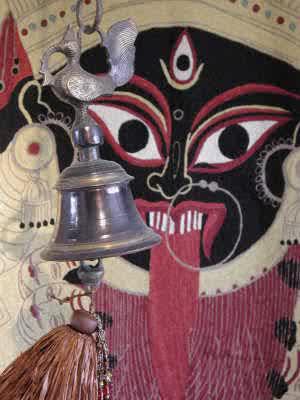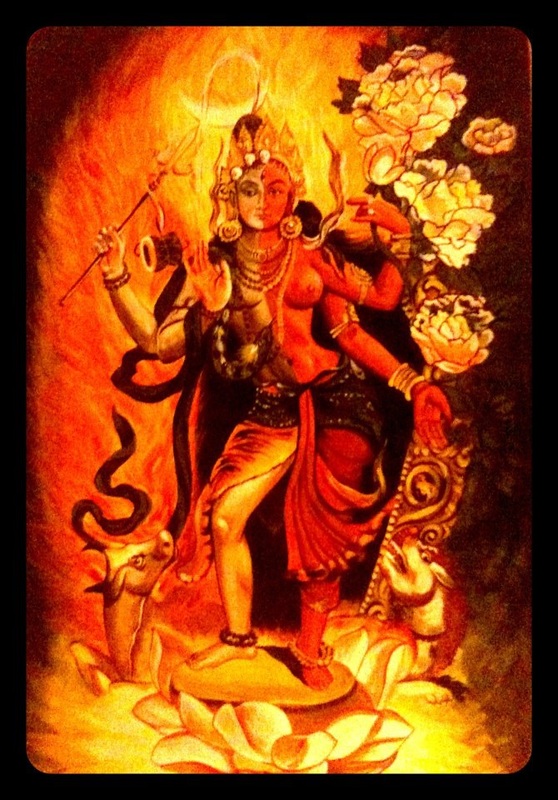Love in Hinduism is not all about Kama’s cupid or tantric sexology. Scrapping the surface leads to hasty thoughts exposing ignorance about Hindu spiritualism. While it is not denied that Puranic stories carry various intimate accounts, reading kama into them wholly is foolishness at its best. Victorian ideas or shades of Lady Chatterley’s Lover, while having their own literary values, may not be applicable to Puranic stories.
Love in Hindu thoughts is a sacrament. Sacrament is the visible form of grace. Puranic characters and how our ancient rishis have portrayed them have deeper implied meanings such as unselfishness in love, unconditional devotion, self-respect, doer versus non-doership, not expecting something in return and dharmic living etc. Divinity relates to ‘prem’ - elevated form of love. The word ‘premam’ means pure divine love culminating in total surrender. Ancient scriptures teach us to love all of God’s creations.
It is the Puranic stories that brought home Hindu philosophy to the masses. It led to intellectual research at institutions of higher learning. It kept society intact in temple gatherings. Nearly every Hindu child knows the Ramayana and Mahabaratha. This was their first spiritual seed to expose super-human characters and the philosophy behind them. Dramatic events by Puranic characters portray the saguna aspect of Hindu Gods and Goddesses. That also suits prayers, faith, transference and also as platform to move to the higher level of nirguna Brahman. Jnana or bhakti are individual choices which comes from knowledge. Puranas provoke thirst for knowledge.
In the Siva-Parvathi pantheon, their love-lore proceeds beyond kama. Siva is purity and love. Here Parvathi represents a part of ourselves that eternally long for love. All mothers love and equally expect love from kith and kin. Divine depictions are reflections for human emulation. How does one see vulgarity in a mother unless he or she is blind twice over? Ma Parvathi is the perfect affirmation of the limitlessness of couples’ spiritual energy in the pursuit of both human and divine goals. Her enlivening feminine force is energy of the universe. One cannot stand below an umbrella to enjoy the shadow and then go on to review the canvass spread. In the bhakti tradition, if we embrace the love of gods and goddesses, they are there to bless us. Siva-Shakti pose a quiz to reveal our inner goodness and access their divine powers and love.
Rasa lilas in the Bhagavatam or as depicted by Jayadeva in his Gita Govinda is more than the love-lore between Krishna and Radha. There is divinity in their romanticism if only one chooses to see spiritualism rather than their physical attributes. Gita Govinda discovers Vaishanism in love, devotion and absolute submission. By being Krishna’s pleasure potency, isn’t Radha the perfect example of devotional love towards the Lord? She was an embodiment of love, love, nothing but love. One can chose Krishna bhakti to attain the Divine Being instead of visualising Mohini in Radha’s dress pierced by Kama’s arrows. Even if you do, then learn to see her as Madana-Mohana-Mohini who has different spiritual implications. This transcendent experience is related through poetic or lyrical instruments in the mythologies to dispelled duality and let the Self to unite with the Supreme Self.
For that matter Kama denotes the mystical experience within the sphere of love and sex on a divine basis. Even the Kamasutra is not what it is said to be. The principle aim of this doctrine is to make love-life as a success and to produce harmony in the family and married life between couples and children. In describing Godly love, the Gita states ‘He who hates no living creature; who is loving and compassionate, without selfishness and self-seeking, always loyal, full of self-control and steady determination; who fixes his mind and his reason on me and loves me, is dear to me.’ The final end of life is relief from samsara – the transfer from the ordinary to the holy life. This liberation combines Atman-Self with Brahman. Devotional love plays a role in this religious practice, family love and all the more, married love. All forms of secular love, howsoever depicted in stories, art forms or sculpture, is subordinate to the divine love or the emotional love of God. To show this, the Puranas do not adulterate divine enjoyment. This celestial social structure is submitted as it is with its ‘prem.’
These are tip of the iceberg lessons from the Puranas and scriptures. Lack of understanding of the essentials of Hindu mythology does not give anyone the license to pass shallow remarks. No-one is forced to come by this way and expose ignorance. At least one of your forefathers’ forefather had sex, otherwise you won’t be here too! Is that a vulgar or divine story? The answer to that would expose your spiritual maturity. Flip your diary before flipping another's. Hari Om
Yogi Ananda Saraswathi
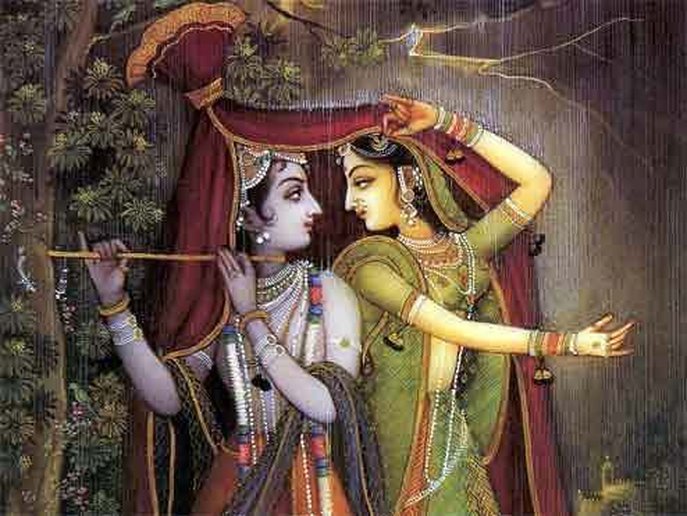
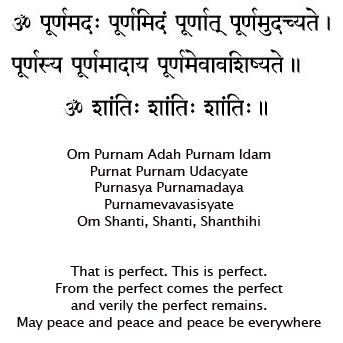
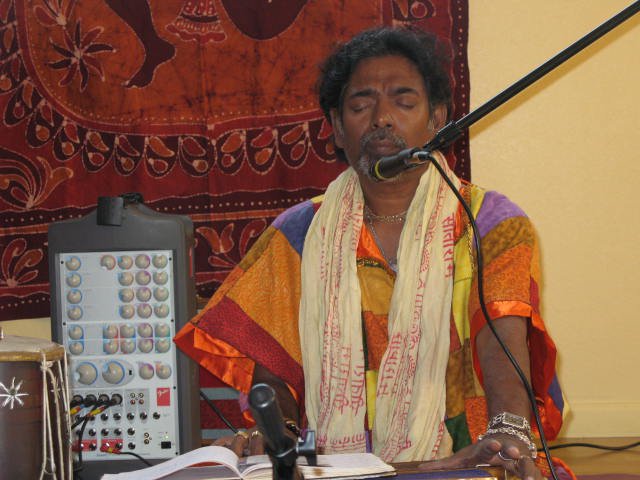
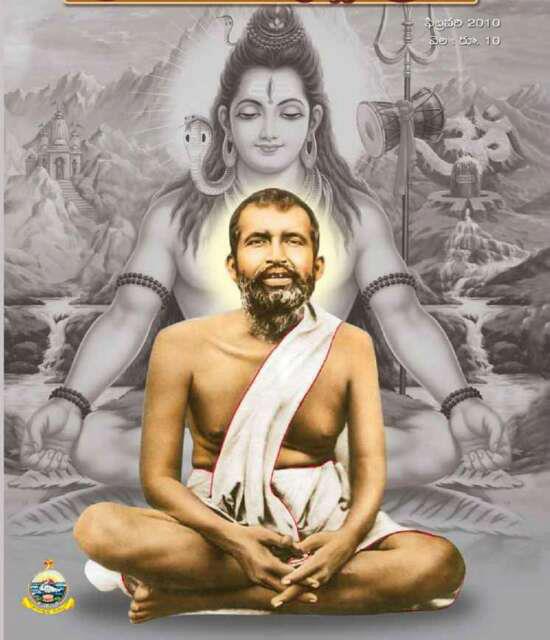

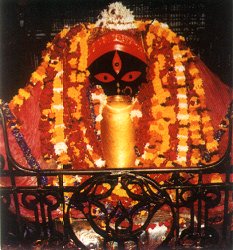
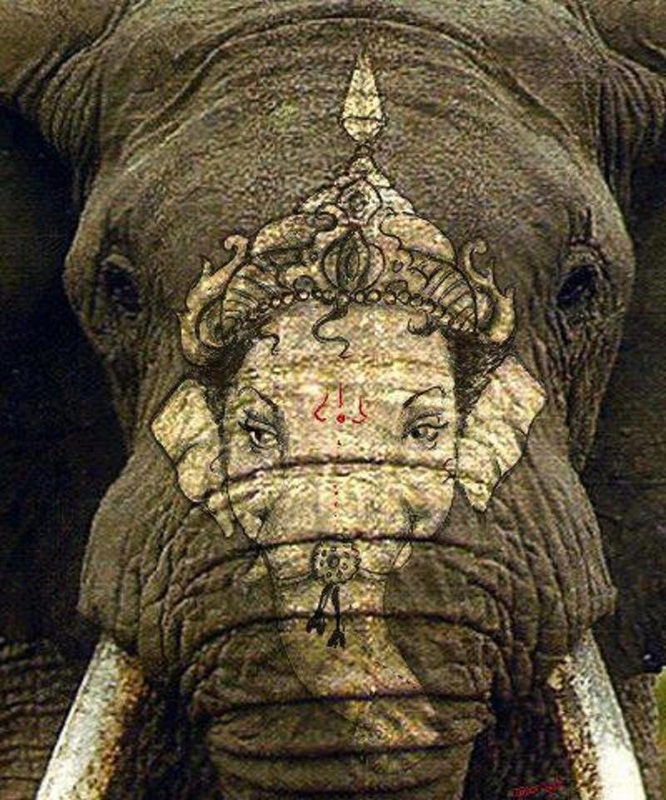
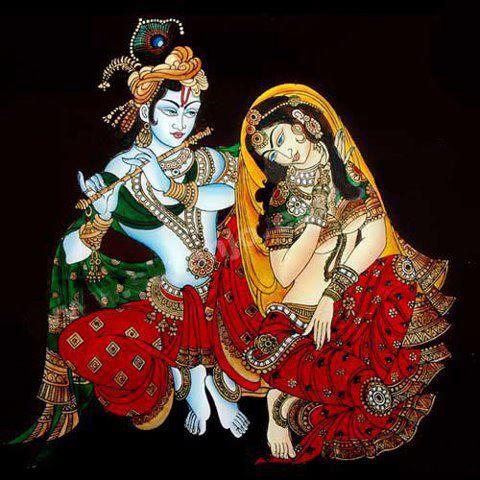
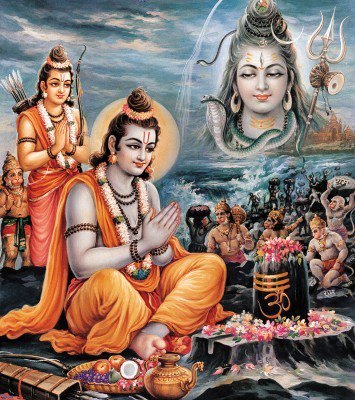
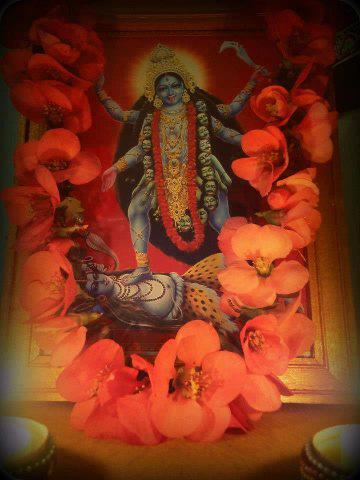
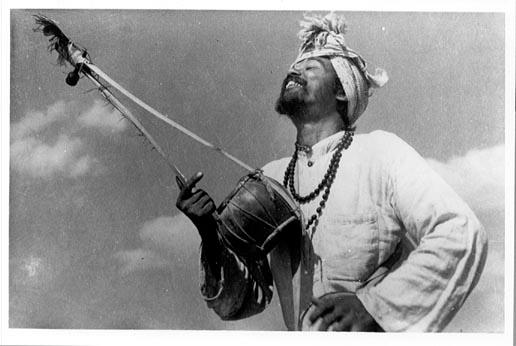
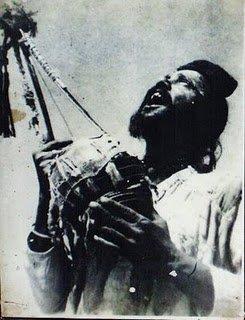
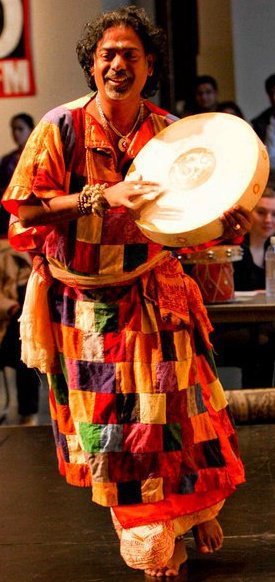
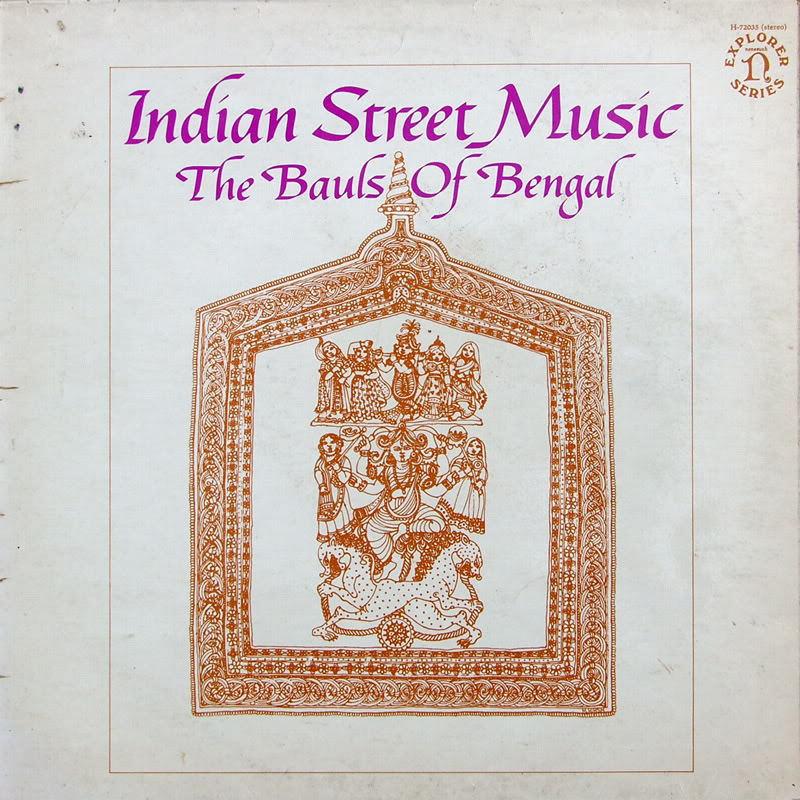
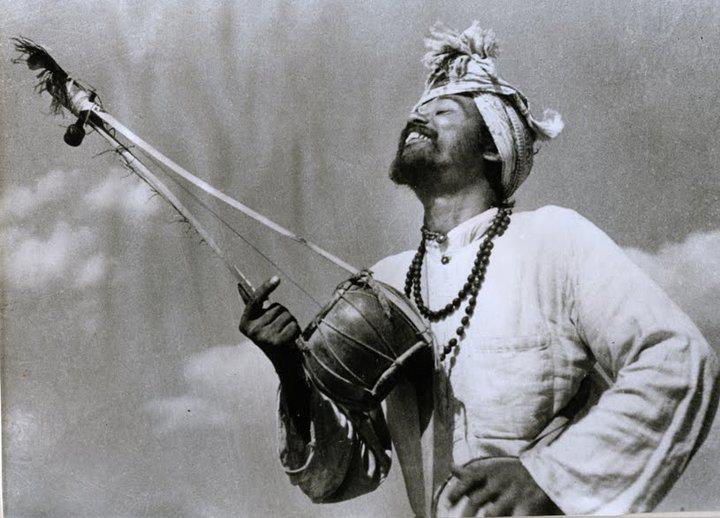
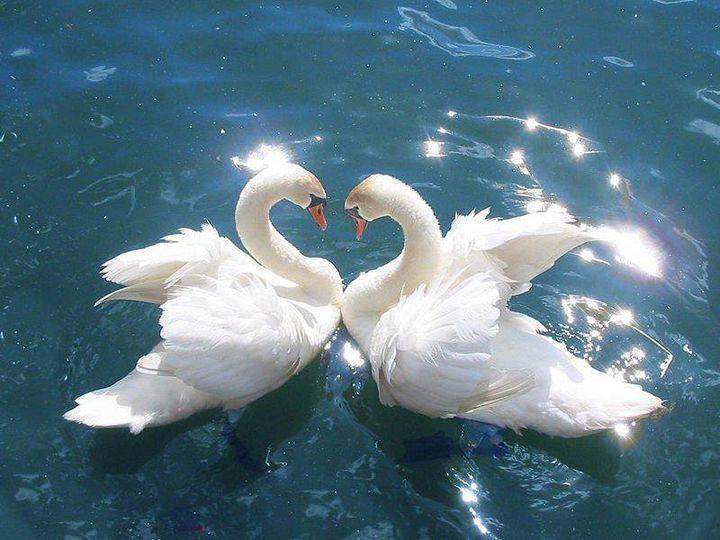
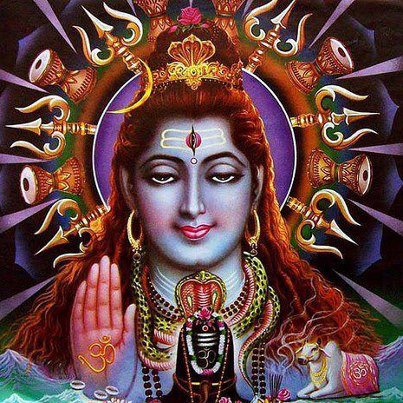
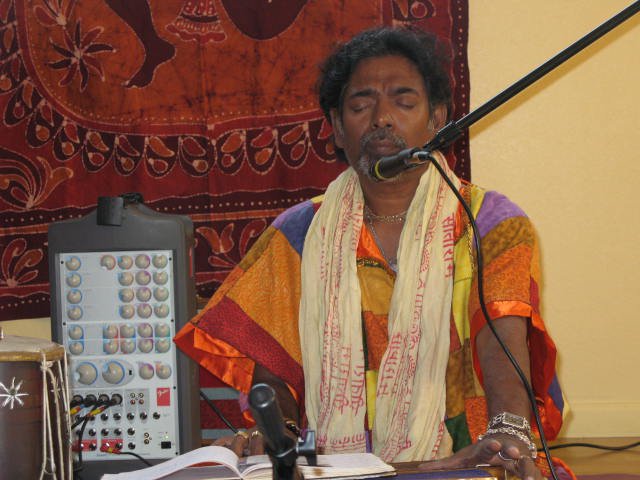
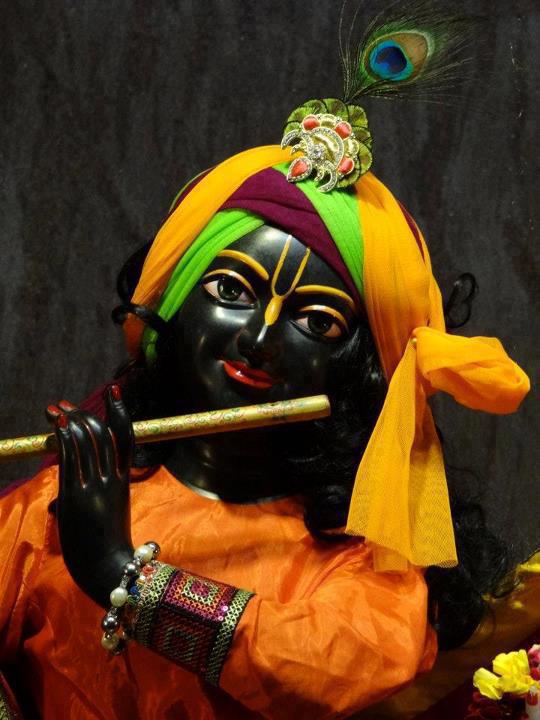
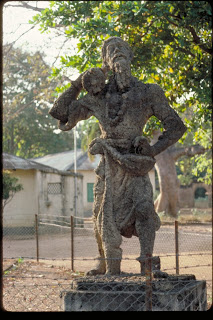
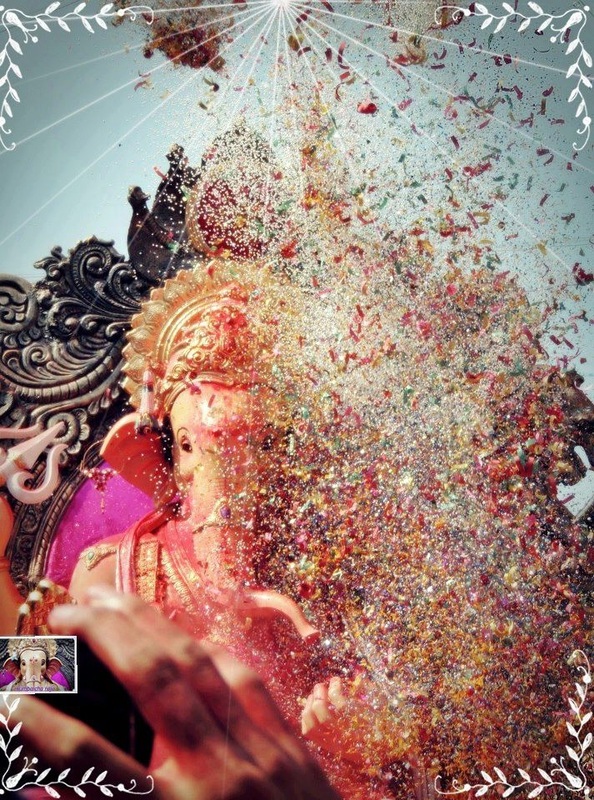
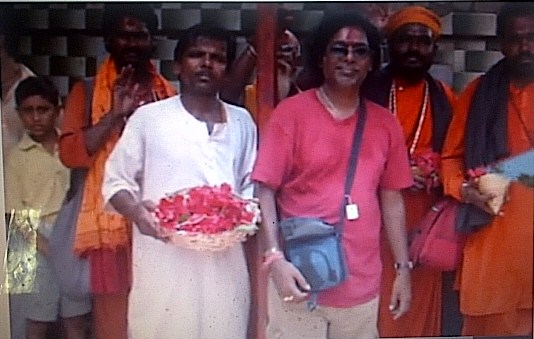
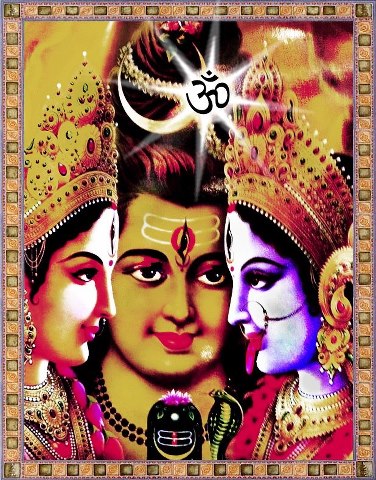
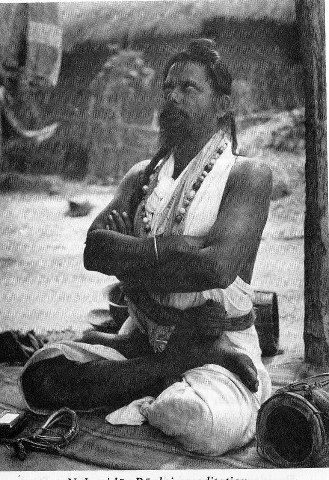
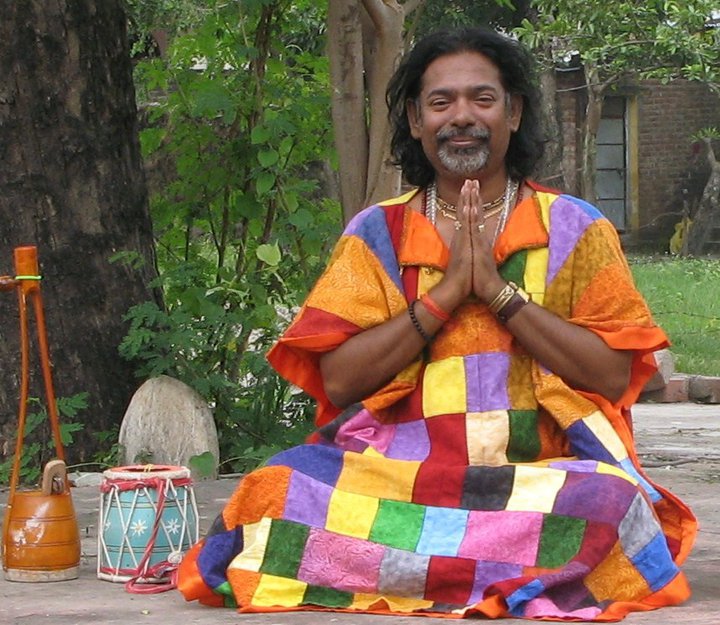
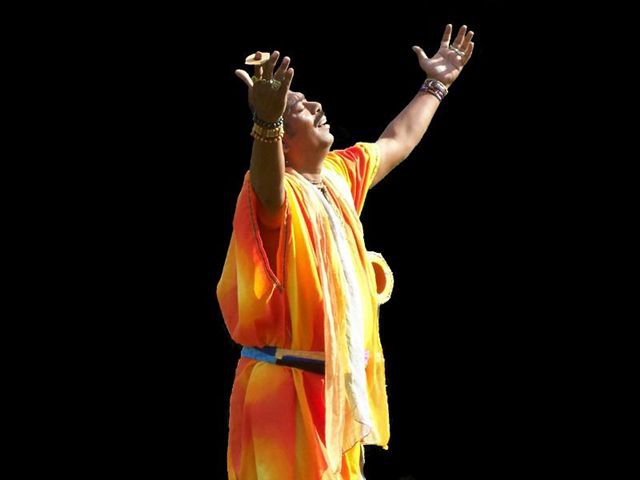
 RSS Feed
RSS Feed

